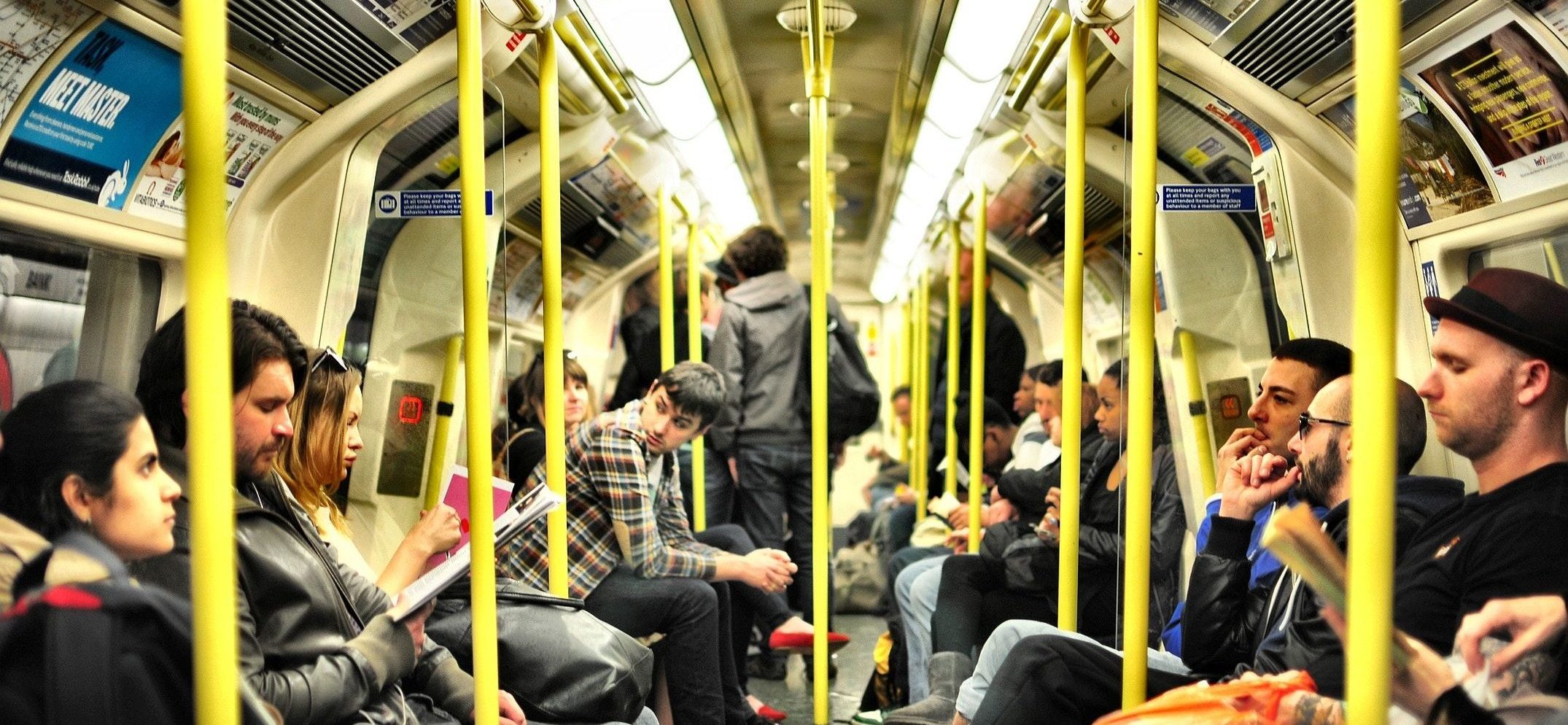Literary observations of a commuter
I’ve just finished commuting in and out of London for two weeks of work experience. As someone who struggles to read on trains, I was fascinated by the number of people I saw stood on the packed tube with their nose in a book. Now I know why train stations are a prime location for book advertisements. Even seeing people read them is an advertisement in itself.
How can you concentrate with all those people surrounding you and the excruciating noise of the train going along the tracks? Especially on Wuthering Heights! One person was reading it on a packed Northern Line train at 8 o’clock in the morning – how can you concentrate on all the different Cathys and Edgars?
Of course, the most popular reads were the Metro and the Evening Standard, although I did see someone attempting The Financial Times, which they seemed to struggle with in terms of space available.
With the former two freely available at nearly every Tube station, it’s no surprise that trains were inundated with them
With the former two freely available at nearly every Tube station, it’s no surprise that trains were inundated with them. You can simply pick up as you get on the train and leave it on your seat for the next person. It doesn’t have to weigh your bag down all day. It’s certain when someone left the train, abandoning their newspaper, someone else would take their chair and continuing reading the paper.
Based on the amount of people staring at their screens, I would assume social media was also quite popular. Aimlessly scrolling through Facebook, Twitter and Instagram on your commute is easy – if you count desperately trying to refresh them all when you go through a Tube station with Wi-Fi easy.
Science and political books were also oddly common. I saw Homo Deus: A Brief History of Tomorrow by Yuval Noah Harari twice – a book exploring what will shape the twenty-first century, asking how we will protect the fragile world from destructive powers. Someone else was reading The New Jim Crow: Mass Incarceration in the Age of Colourblindness by Michelle Alexander which challenges that the election of Barack Obama signals a societal change in attitudes. A further example is The Strange Death of Europe by Douglas Murray. There were also a few historical reads – A Short History of Nearly Everything by Bill Bryson.
If you want a flavour of the British public’s reading tastes go to your nearest train station
Easy reads were a popular choice amongst fellow commuters. Red Leaves by Sita Brahmachiari is a children’s book aimed at nine to 11 years. If I know that I’m going to be having a busy and tiring week, I love reading a children’s book because they usually require less thinking than a political or scientific text. Or Meet Me at Beachcomber Bay by Jill Mansell which is described as ‘feel-good’ and something ‘to brighten your day’.
There were also self-help guides – What’s Stopping You?: Why Smart People Don’t Always Reach Their Potential and How You Can by Robert Kelsey, which attacks the most common phobia: the fear of failure.
I can imagine why thrillers were so popular. Personally, I find the genre so engaging which would be essential for reading on the train. I would have to be so engaged in the book to shut out everything going on around me. One person was reading legal thriller The Rooster Bar by John Grisham, whilst another was buried in End Game by David Baldacci.
If you want a flavour of the British public’s reading tastes go to your nearest train station. With everything from Brontë to the business pages, it’s a fascinating insight into reading trends.

Comments (2)
Interesting post! Lots of people sneer at commuters being glued to their phones whilst admiring those who are reading a book, yet quite a few of those commuters are actually reading books via the ereaders on their phones. (And as a very nosy person, I do wish there was some way of being able to find out what they’re reading on their Kindles or iBooks apps!)